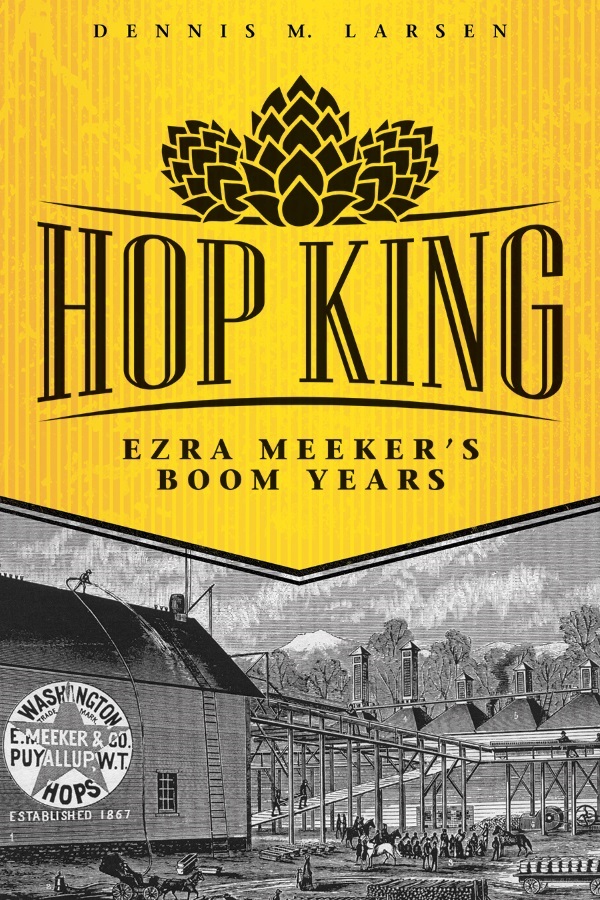Description
Centered around Tule Lake along what is now the California-Oregon border, the Modoc homelands offered abundant food sources and water. Indigenous families migrated seasonally throughout the region until Oregon Trail immigrants began to arrive. As the number of homesteaders increased, tensions between native peoples and the newcomers intensified. By April 1870, the Modocs were miserable, forced for a second time to live on a crowded, distant reservation with their rivals, the Klamath. Led by a charismatic young chief called Captain Jack, they fled to their Lost River village and refused to leave. Despite ongoing peace negotiations, the cavalry launched a surprise attack just before dawn on November 29, 1872. Terrified Modoc families awoke to chaos. Those who were able escaped to the nearby lava beds—a natural stone citadel.
The Modoc War had begun. The most expensive Indian conflict in American history would be fierce, bloody, and unjust. In this riveting narrative, Modoc warriors, army foot soldiers, and cavalry officers share their stories. Spirit in the Rock captures the war’s dramatic battles, betrayals, and devastating end, but also delves into its underlying causes, unsavory schemes by the Applegates and others to seize Modoc ancestral territory, and how Native American traditions and spirituality influenced events.
Jim Compton (1941–2014) was a prize-winning broadcast journalist and author who produced documentaries and served as a correspondent for television programs including PBS News Hour and NBC News. In Seattle, he was a commentator, host, and producer for KING-TV and a city councilman.
Illustrations / maps / notes / bibliography / index / 340 pages (2017)
Recognition
2017 Foreword INDIES Book of the Year Award, Honorable Mention, nonfiction history
“[A] bloody historical episode is the subject of two recently published books of widely diverging merits…Both books are highly sympathetic to Captain Jack and his cohorts, but Mr. Compton’s is the more balanced and nuanced account.
Although Jim Compton…neglects the more sordid aspects of the Modoc tribe’s interactions with other indigenous peoples, Compton’s book makes no excuse for the killing of Canby. His book is strengthened throughout by a sensitive portrayal of traditional Modoc spirituality. Compton’s empathy for the Modocs, however, does not detract appreciably from the objectivity of Spirit in the Rock. Moreover, this book is something of a labor of love. Compton had what his wife calls (in an editor’s note) a ‘decades-long passion to tell the Modoc story,’ and his graceful narrative is supplemented by a vivid series of color photographs of Modoc War sites taken by a longtime friend of the author. Compton possessed his own intimate knowledge of this terrain (he once spent a wintery night sleeping in Captain Jack’s cave in the Stronghold), and over the years he had forged friendships with Modoc descendants of those involved in the conflict. Their story finds eloquent expression in Spirit in the Rock.”
—The Wall Street Journal
“Compton’s writing shines in passages like ‘The river swarmed with suckerfish and trout, so abundant it was said you could walk across the river on their backs.’ He deftly portrays Indian life on the West Coast before it was violently disrupted by settlers.
He paints a detailed portrait of how fifty-two Modoc warriors held off a force of a thousand government soldiers in a deadly conflict that has also been called the Lava Beds War. He brings to life historical figures like Captain Jack, Shacknasty Jim, Boston Charley, General Edward Canby, and Alfred Meacham. The research is so thorough that even gunfights are recounted shot by shot.”
—Foreword Magazine
“Spirit in the Rock is a comprehensive overview of the Modoc War. It is an impressive achievement of historical scholarship that makes a valuable contribution to our understanding of the development of the frontier West.”
—Desert Tracks, Southern Trails Chapter of the Oregon-California Trails Association
“Over the past generation, Americans have grown enough in spirit to manage an honest look at their past. And as we have looked, we have learned to set aside the myths and distortions that shielded our parents and ancestors from the tragedies accompanying the conquest of America and the dispossession of its people. Jim Compton takes us a bit further down that trail of looking and learning. Spirit in the Rock is a vivid account of the years when the Modoc people entered the whirlwind of U.S. ‘settlement’—an entry that ended on the gallows at Fort Klamath. Compton has given us a gripping read, a deeply informed narrative, and a haunting tale. Don’t miss it.”
—Frederick E. Hoxie, Professor Emeritus, University of Illinois, Urbana/Champaign. Editor, The Oxford Handbook of American Indian History.
“The book is destined to be one of the definitive works on the Modoc war… Compton has done a masterful job of producing a scholarly work that reads as easily as a novel.”
—Todd Kepple, Klamath County Museum
“One reads this account of the last frontier and wonders why this riveting, largely untold story had to wait so long.”
—David Brewster, publisher, civic entrepreneur, and founder of Seattle Weekly, Crosscut, Town Hall Seattle, and most recently, Folio: The Seattle Athenaeum
“Truly, I kept reading page after page just saying to myself how amazed I was to learn more about aspects of (the) Modoc War, from minor to major details…”
—Lee Juillerat, Regional Editor, Herald and News in Klamath Falls, Oregon, and author, Lava Beds National Monument: Images of America
“The author tells the story in much greater detail than has previously been attempted, making good use of previously unpublished letters, reports, diaries, and reminiscences.”
—Stafford Hazelett, author, Wagons to the Willamette





![Cover of Carry Forth the Stories [Expanded Edition]](https://s3.wp.wsu.edu/uploads/sites/1175/2023/11/Carry-Forth-the-Stories-2ndEd-RGB-600x900-1-300x450.jpg)



